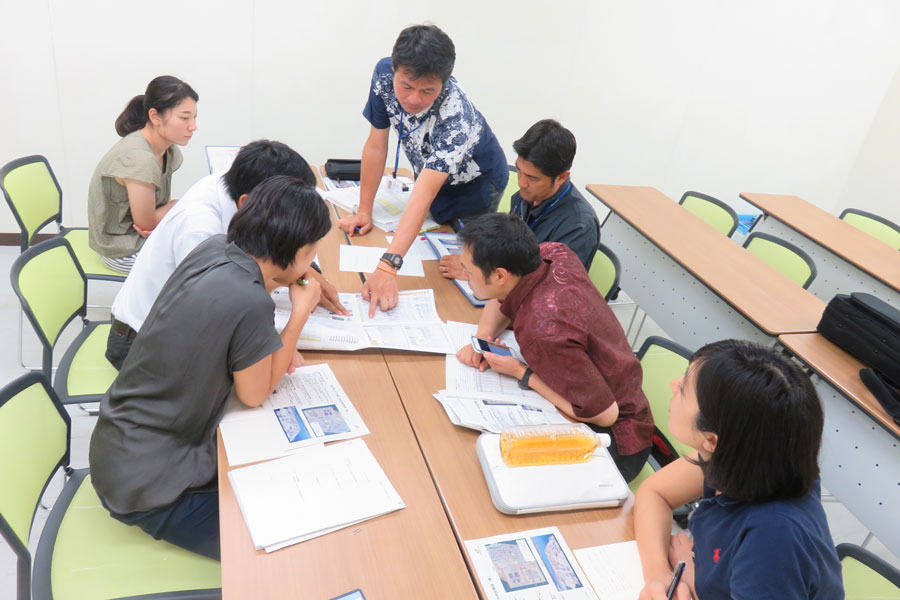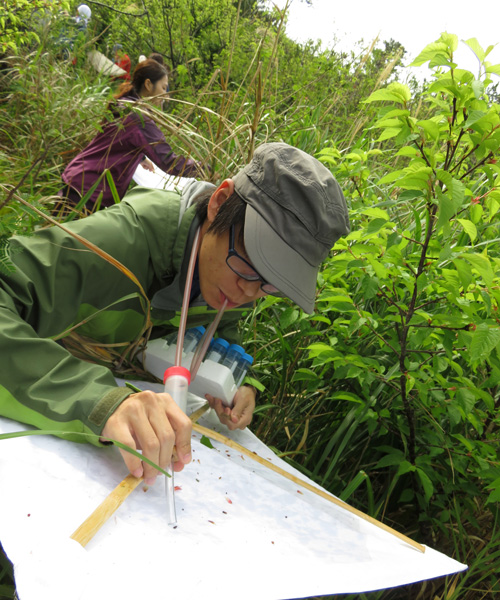Field Resources
The Environmental Science and Informatics Section manages field sites and prepares specimens to produce data for research. These resources provide researchers at OIST and abroad with the support they need to increase our understanding of the natural world. In addition to supporting OIST, the OERSS aims to actively contribute to Okinawa’s SDG initiatives through biodiversity research.
Field sampling network and information
We operate a sampling network consisting of 24 core research sites that conduct ecological monitoring throughout the main island of Okinawa. These sites were set up in cooperation with local communities through the OKEON Churamori Project. Their characteristics vary in terms of environment and location, ranging from nature reserves that are under extremely strict control to areas that are relatively easy to access. Of the various monitoring devices at each site, the camera trap network project is led by our section. More information about each research site is available on the OKEON Churamori Project website.

Networking with local communities
The OKEON Churamori Project has enabled us to work with many different people across Okinawa with whom we have forged relationships of trust. Today, the Environmental Science and Informatics Section serves as a bridge connecting local communities to biodiversity science. Such networking is a crucial component of successful environmental conservation and necessary for hands-on implementation of the latest research findings.

Staff skilled in field research
The Environmental Science and Infomratics Section is staffed with experts who have extensive experience in conducting field research in Okinawa. The section field team members are highly skilled in insect identification, particularly ants, and have the ability to manage the routine collection of data and samples, maintain the integrity of research stations, execute research, and prepare specimens.




